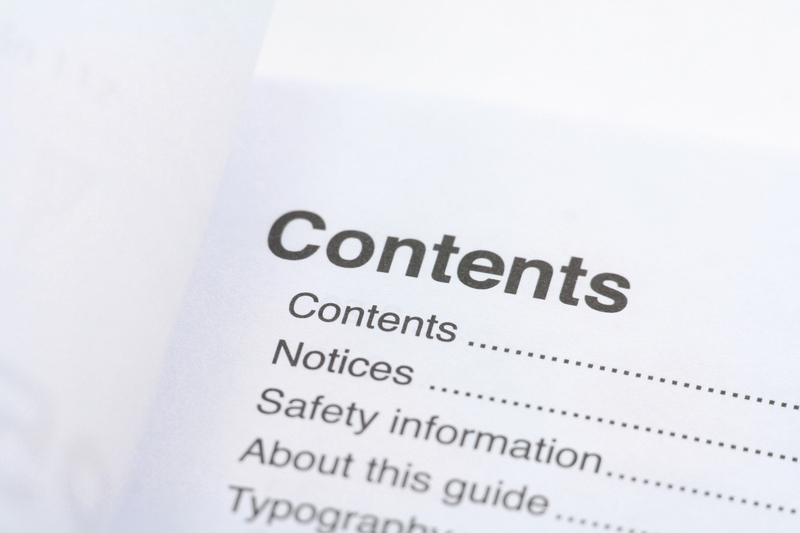The Risks of Moving a Piano Solo: What You Need to Know
Posted on 21/05/2025
The Risks of Moving a Piano Solo: What You Need to Know
Moving a piano solo is a task that many underestimate. Whether you're relocating within your home, to another room, or across town, the risks involved in doing this job solo are significant and sometimes dangerous. This comprehensive guide will outline the major risks, common mistakes, essential precautions, and provide practical advice for anyone considering moving a piano by themselves. If you're asking, "Is it safe to move a piano by myself?"--read on for everything you need to know before taking the leap.
Understanding the Weight and Structure of Pianos
Pianos are majestic instruments that produce beautiful music, but their construction also makes them surprisingly heavy and awkward to move. Understanding their size and structure is essential before attempting solo piano relocation.
Types of Pianos
- Upright Pianos: Typically weigh between 300 to 500 pounds. Their shape makes them easier to fit through doorways, but their weight is still significant.
- Grand Pianos: Range from 500 to 1,200 pounds, with large dimensions, uneven weight distribution, and delicate legs.
- Digital Pianos: Much lighter, usually under 100 pounds, and generally safe for solo transport.
It's crucial to note that even the smallest upright pianos can cause injuries or property damage if not handled correctly.

The Primary Risks of Moving a Piano Solo
Many attempt to save costs or time by moving a piano on their own. However, the potential risks should not be underestimated.
1. Physical Injury
- Back Strain and Spinal Injuries: Incorrect lifting can result in serious back injuries, slipped discs, or muscle strains.
- Finger and Toe Injury: You risk crushing or pinching your fingers, or worse, suffering broken bones if the piano slips or tips.
- General Bodily Harm: Sprains, strains, cuts, or bruises are common when moving heavy and awkward items without help.
- Scratching and Scuffing: Pianos have sensitive finishes. Even a minor bump against a wall or door frame can result in expensive repairs.
- Internal Damage: The intricate mechanisms--strings, hammers, and keys--can be jarred out of place by improper movement.
- Structural Cracks: Dropping or awkwardly positioning a piano could crack the cabinet or soundboard, which is both costly and sometimes irreparable.
- Floors and Carpets: Dragging a heavy piano may scratch wood, tear carpets, or dent tiles.
- Walls and Door Frames: Wide pianos can catch on corners, chipping paint or damaging drywall.
- Stairs and Banisters: Moving a piano up or down stairs poses extreme risk of both property and physical harm.
- Insurance Claims: Most homeowner insurance policies do not cover damage or injury sustained from DIY moves.
- Rental Contracts: If you damage a rental property while moving your piano solo, you may be liable for significant repair costs.
- Repair Costs: Repairs to the piano or your property can easily surpass the cost of hiring professional piano movers.
- Permanently Devaluing Your Instrument: Pianos lose value quickly if damaged, even cosmetically.
- Underestimating Weight: Pianos are much heavier than they look and often are not evenly balanced.
- Poor Planning: Trying to navigate doorways, staircases, or tight corners without a mapped route results in hasty and unsafe decisions.
- Using the Wrong Equipment: Moving a piano requires specific dollies and straps. Regular hand trucks or furniture sliders are inadequate and unsafe.
- Improper Lifting Technique: Bending at the waist rather than at the knees, and trying to lift alone, invites injury.
- Lack of Grip: Pianos have slick finishes. Without gloves or grip helps, dropping the instrument is more likely.
- No Padding or Protection: Not using blankets or padding leads to damage of both the piano and your home.
- Clear All Obstacles: Remove rugs, furniture, or debris from your intended route.
- Measure Doorways and Hallways: Determine if the piano fits easily through all spaces before moving.
- Piano Dolly: Specially designed to support the instrument's weight and shape.
- Moving Straps: Provide leverage and help distribute weight more safely.
- Furniture Blankets: Protect both piano and property from scratches and dings.
- Work Gloves: Improve your grip and prevent minor injuries.
- Ramps for Stairs: Consider if you must handle steps and have no assistance.
- Wrap Completely: Use padding to cover all surfaces and secure with tape.
- Secure Moving Parts: Ensure the keyboard lid and any other designed-to-move parts are locked or taped shut.
- Remove Detachable Components: Take off casters, legs, or music stands if possible to prevent breakage.
- Bend at Your Knees, Not Waist: Always squat and use your legs to lift.
- Lift With Caution: Distribute the weight evenly and lift slowly--never jerk the piano up quickly.
- Keep Piano Upright: Tilting can damage internal mechanisms and make injury during a fall more likely.
- Family or Friends: Even one or two extra strong individuals can dramatically lower the risk of injury or damage.
- Local Volunteers or Musicians: Some communities have groups willing to assist with moving expensive instruments safely.
- Specialized Training: Piano movers are trained to maneuver these instruments through challenging spaces.
- Proper Equipment: They use the right tools, trucks, and padding for secure transport.
- Insurance: If an accident does occur, professional movers' insurance will usually cover damages.
- Piano Tuning: Professionals can address out-of-tune or minor repairs that may result from any movement.
- Can one person move a piano safely?
Technically possible with small, digital pianos, but not recommended for uprights or grands. The weight and risk of injury or damage is high. - What should I do if my piano is too heavy?
Consult professional piano movers or recruit several strong helpers. Specialized equipment is crucial. - Will moving a piano solo void my warranty or insurance?
Potentially, yes. Many manufacturers and insurers require proof of professional transport for claims. - Is it normal for my piano to sound different after a move?
Yes. Any relocation can disturb the internal mechanics and tuning. Plan to have your piano tuned after a move. - Inspect Your Route: Tight corners and uneven steps are the most common causes of accidents during moves.
- Never Rush: Accidents occur when movers are pressed for time or impatient.
- Communicate: If you have helpers, ensure everyone is clear about the plan, commands, and emergencies.
- Document the Move: Take before and after photos in case of insurance claims.
- Consider Disassembly: Some console or digital piano components can be removed for safer, lighter transport.
- National Association of Piano Movers & Technicians: Find certified movers in your region.
- DIY Moving Equipment Rental: Many local rental stores stock piano dollies and straps.
- Piano Tuning Services: Always have your instrument inspected and tuned after any move.
2. Damage to the Piano
3. Damage to Property
4. Legal and Liability Issues
5. Risk of Financial Loss
Common Mistakes People Make When Moving a Piano Alone
Even with caution, solo piano moving attempts often go wrong due to lack of knowledge and inadequate tools. Here are some typical errors:
Essential Precautions for Solo Piano Movers
If, despite the warnings, you still plan to move a piano by yourself, implement these safety precautions to minimize risk:
1. Assess the Path
2. Gather the Right Equipment
3. Protect the Piano
4. Use Correct Lifting Technique
Alternatives to Moving a Piano Alone
The best way to stay safe is to *avoid moving a piano solo* altogether. Here are better alternatives:
1. Recruit Help
2. Hire Professional Piano Movers
Frequently Asked Questions about Solo Piano Moving Risks
Expert Tips for Safe and Efficient Piano Moves

Conclusion: Is Moving a Piano Solo Worth the Risk?
In summary, the risks of moving a piano solo--physically, financially, and emotionally--often outweigh any potential savings. From hefty repair or medical bills to voided warranties and irreplaceable loss of sound quality, the downsides are real and serious.
If your goal is to preserve your investment, your property, and your health, hiring a professional piano mover or enlisting help is the best course of action. Not only will you protect your cherished instrument, but you'll also save yourself unnecessary stress and danger.
Resources for Safe Piano Moving
Remember: While the urge to save time or money by moving a piano by yourself is understandable, the importance of caution cannot be overstated. Keep these tips and warnings in mind whenever considering this challenging and risky task. Safeguard your instrument, your property, and most importantly, your health.



